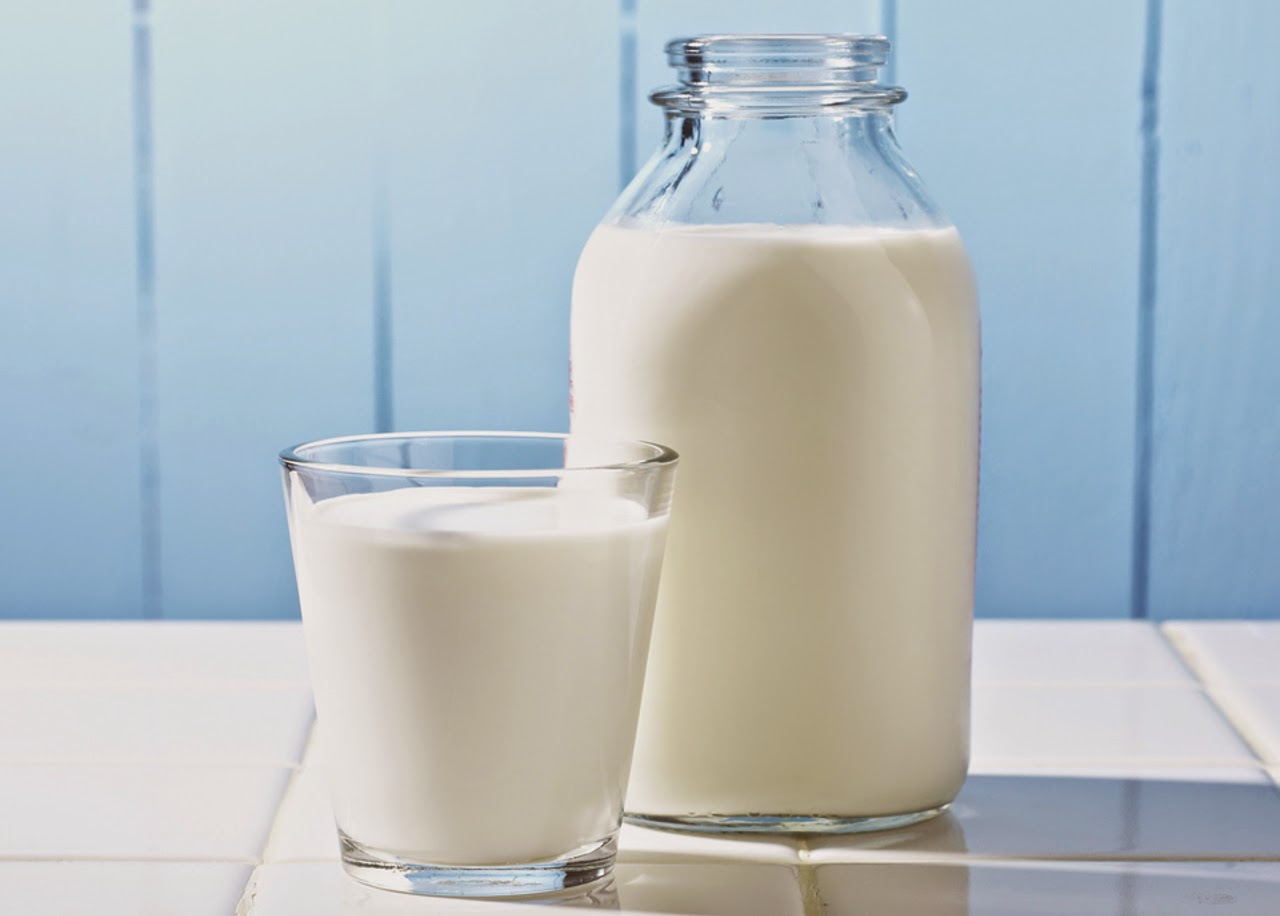The Ultimate Guide To Milk: Benefits, Types, And Nutrition
Milk is one of the most consumed beverages worldwide, offering a range of nutritional benefits that are essential for our health. From childhood to adulthood, milk plays a crucial role in our diets, providing calcium, protein, and other essential nutrients. This comprehensive guide will explore everything you need to know about milk, including its benefits, different types, and nutritional content. Whether you're a health enthusiast or simply curious about milk, this article is designed to provide you with valuable insights.
In this article, we will delve into the various types of milk available, their nutritional profiles, and how they contribute to our overall health. We will also discuss the potential health risks associated with milk consumption and provide recommendations for incorporating milk into your diet. By the end of this guide, you will have a deeper understanding of milk and its significance in maintaining a balanced diet.
So, let's begin this journey into the world of milk and discover why this wholesome beverage deserves a place in our daily lives.
Table of Contents
- 1. Benefits of Milk
- 2. Types of Milk
- 3. Nutritional Content of Milk
- 4. Health Risks Associated with Milk
- 5. Recommendations for Milk Consumption
- 6. Conclusion
1. Benefits of Milk
Milk is often hailed as a superfood due to its numerous health benefits. Here are some key advantages of including milk in your diet:
- Rich in Calcium: Milk is an excellent source of calcium, which is essential for maintaining strong bones and teeth.
- High in Protein: Milk contains high-quality protein that helps in muscle growth and repair.
- Source of Vitamins: Milk is a good source of vitamins such as B12, riboflavin, and vitamin D, which play vital roles in various bodily functions.
- Hydration: Being a liquid, milk helps keep you hydrated.
- Supports Weight Management: The protein and fat content in milk can promote satiety, helping regulate appetite.
2. Types of Milk
Milk comes in various forms, catering to different dietary needs and preferences. Here, we will discuss two main categories of milk: dairy and non-dairy.
2.1 Dairy Milk
Dairy milk is derived from cows, goats, or sheep. It is rich in nutrients and available in several varieties:
- Whole Milk: Contains about 3.25% fat content, providing a creamy texture.
- Low-Fat Milk: Contains 1% to 2% fat, making it a lighter option.
- Skim Milk: Fat-free milk with less than 0.5% fat content.
- Fortified Milk: Milk that has added vitamins and minerals, such as vitamin D and calcium.
2.2 Non-Dairy Milk
Non-dairy milk alternatives are made from various plant sources, making them suitable for lactose-intolerant individuals or vegans. Some popular options include:
- Almond Milk: Made from almonds, it is low in calories and has a nutty flavor.
- Soy Milk: Contains protein comparable to cow's milk and is often fortified with vitamins.
- Oat Milk: Creamy texture and slightly sweet, made from oats.
- Coconut Milk: Rich and creamy, made from the flesh of coconuts.
3. Nutritional Content of Milk
The nutritional content of milk varies depending on the type and processing methods. Here is a general overview of the nutritional components found in cow's milk (per 1 cup or 240 ml):
| Nutrient | Amount |
|---|---|
| Calories | 146 |
| Protein | 8 g |
| Fat | 8 g |
| Carbohydrates | 12 g |
| Calcium | 276 mg |
| Vitamin D | 3 mcg |
4. Health Risks Associated with Milk
While milk has many health benefits, there are some potential risks to be aware of:
- Lactose Intolerance: Some individuals may experience digestive discomfort due to lactose, the sugar found in milk.
- Allergies: Milk allergies, particularly in children, can lead to allergic reactions.
- Hormones and Antibiotics: Concerns exist about hormone and antibiotic use in dairy farming, which may affect milk quality.
- Saturated Fat: Whole milk contains saturated fat, which may contribute to heart disease if consumed in excess.
5. Recommendations for Milk Consumption
Incorporating milk into your diet can be beneficial, but moderation is key. Here are some tips for milk consumption:
- Choose low-fat or fat-free options if you are concerned about saturated fat intake.
- Try different types of milk (dairy and non-dairy) to find what suits your taste and dietary needs.
- Incorporate milk in smoothies, cereals, or as a base for soups to enhance your meals.
- If lactose intolerant, consider lactose-free milk or fortified non-dairy alternatives.
6. Conclusion
In conclusion, milk is a nutritious beverage that offers numerous health benefits, including essential vitamins and minerals. However, it is important to consider individual dietary needs and preferences when incorporating milk into your diet. Whether you choose dairy or non-dairy options, milk can play a significant role in maintaining a balanced diet. We encourage you to share your thoughts in the comments below and explore other articles on our site for more health tips!
Thank you for reading this ultimate guide to milk. We hope you found it informative and engaging. Don't forget to visit us again for more insightful articles!
Omar Epps: A Deep Dive Into The Life And Career Of A Versatile Actor
Exploring The Life And Career Of Rose Monroe: A Comprehensive Biography
A$AP Ferg: The Rise Of A Hip-Hop Icon


